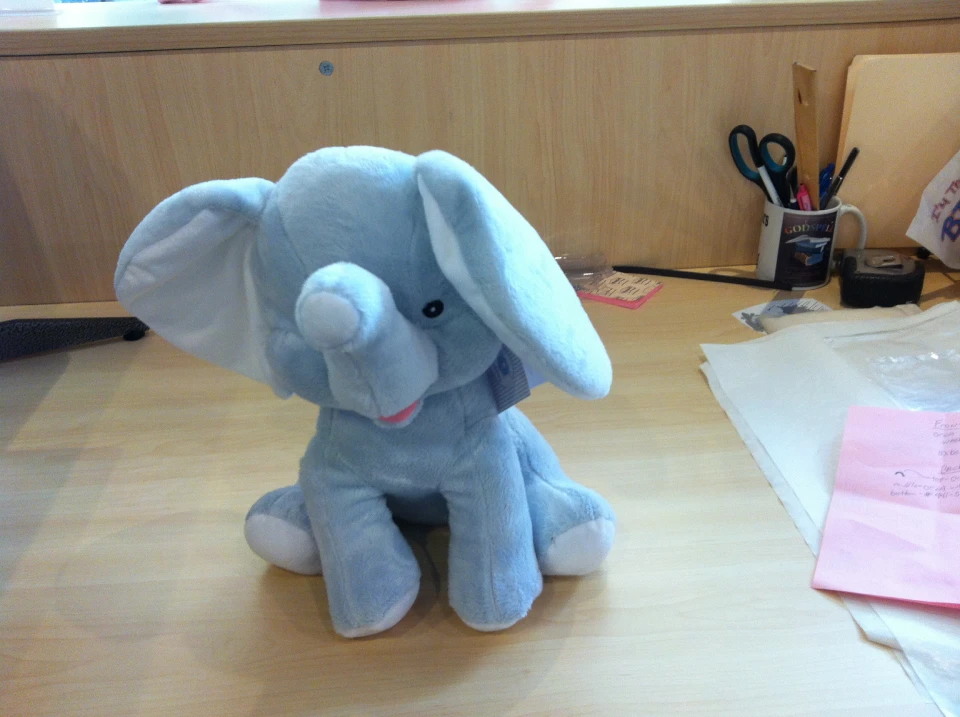Expert Screen Printing Solutions for T-Shirts, Aprons, and Extra
Expert Screen Printing Solutions for T-Shirts, Aprons, and Extra
Blog Article
The Art of Custom-made Needlework: Opening the Secrets to Creating Unique and Unforgettable Designs
The tricks to developing personalized embroidery styles that captivate the eye and leave a lasting impression lie in a fragile equilibrium of method, creativity, and focus to detail. As we delve into the globe of custom-made embroidery, we uncover the nuanced interaction between thread option, sew complexity, and design customization that elevates a simple garment to a work of art.
Selecting the Right Needlework Threads
When choosing needlework threads, what crucial factors should you think about to guarantee the most effective results for your customized layouts? The option of needlework string is critical in identifying the last result of your embroidered style. Among the primary factors to consider is the product of the thread. Various products such as cotton, polyester, rayon, and silk offer varying degrees of luster, sturdiness, and texture. It is vital to choose a thread product that matches the fabric you are embroidering on and lines up with the preferred appearance of the layout.
Thicker strings can include dimension and structure to your style, while finer strings are excellent for complex information and little message. Furthermore, thinking about the shade fastness and washability of the thread is crucial to make sure that your custom layouts keep their high quality and vibrancy over time.
Exploring Various Stitch Techniques
To look into the world of 'Checking out Various Stitch Strategies', one should understand the details and nuances that each sewing technique gives the art of embroidery. Different stitch techniques not only add aesthetic interest yet likewise add to the general texture and dimension of the design. One prominent stitch strategy is the satin stitch, which entails carefully packed parallel stitches to produce a smooth and shiny surface area, perfect for filling out shapes and producing strong outlines.
On the various other hand, the backstitch is a flexible technique often made use of for describing and including great details. It involves sewing backward to produce a solid line of needlework. In addition, the French knot stitch includes a tactile component to layouts, perfect for creating textured accents like blossom facilities or decorative touches.
Exploring different stitch methods enables embroiderers to have fun with light, shadow, and deepness within their styles, boosting the visual allure and creative high quality of their needlework projects. By mastering different sewing techniques, one can open endless opportunities for producing unique and remarkable personalized needlework items.
Incorporating Personalized Design Aspects
Having explored the complexities of various stitch strategies such as the satin stitch, backstitch, and French knot, the emphasis now changes in the direction of including customized layout components in custom needlework tasks. Individualized style components play an important duty in making embroidery projects truly one-of-a-kind and remarkable. One method to integrate customization is by adding initials, names, or considerable days to the style. This not just includes a tailored touch however also boosts the sentimental value of the needlework piece.
Another way to integrate personalized layout components is by consisting of signs or themes that hold special definition to the recipient or show their rate of interests and individuality. Incorporating a favored flower, animal, or hobby-related sign can make the embroidery layout extra meaningful and personalized. Additionally, choosing shades that reverberate with the recipient or align with the desired theme can even more improve the customization of the needlework task.
Grasping the Art of Color Coordination

One these details secret facet of shade control is understanding shade concept. This includes recognizing just how different colors interact with each various other, the feelings they communicate, and exactly how they can be incorporated to produce visually attractive designs. By applying color concept principles, embroiderers can produce harmonious shade palettes that enhance site the general look of the design.
Furthermore, focusing on comparison is important in color control. Making use of contrasting colors can help specific components of the style pop, boost clarity, and produce a visually dynamic embroidery item. By grasping the art of color coordination, embroiderers can elevate their layouts and develop unforgettable pieces that resonate with customers and customers alike.
Enhancing Structure With Advanced Embroidery Stitches
French knots, as an example, are ideal for adding tiny, raised dots to your style, resembling the appearance of grains or creating a distinctive surface area. Bullion knots, on the other hand, can be used to produce twisted, ropelike aspects that add an extravagant feeling to the needlework. Seed sewing includes small, scattered stitches that can fill in areas with a polychromatic appearance, while turkey work creates fluffy, dimensional accents reminiscent of pet hair or foliage. Trying out these innovative needlework stitches enables you to press the boundaries of standard needlework and produce truly one-of-a-kind and visually attractive structures in your styles.
Conclusion
In conclusion, the art of custom-made embroidery entails a combination of selecting the appropriate threads, discovering various stitch strategies, including personalized design elements, grasping shade check that sychronisation, and improving appearance with innovative stitches. By comprehending and implementing these vital components, embroiderers can create special and unforgettable layouts that showcase their creative thinking and ability. Needlework enthusiasts can open the keys to developing gorgeous and custom pieces that stick out and leave a lasting perception.
Report this page